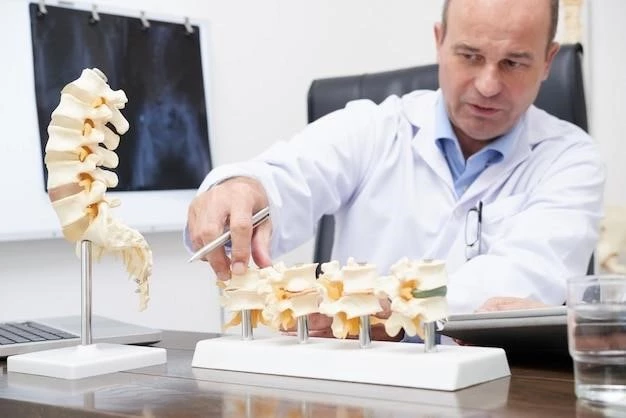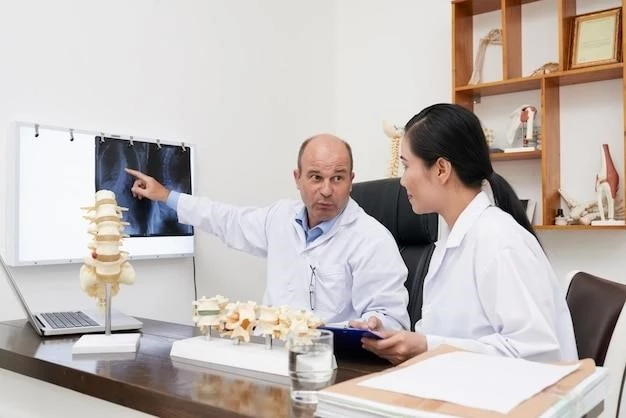Symptoms of Albright’s Hereditary Osteodystrophy
Albright’s Hereditary Osteodystrophy symptoms include short stature‚ obesity‚ rounded face‚ and short metacarpals.
Common Symptoms
Common symptoms of Albright’s Hereditary Osteodystrophy include short stature‚ obesity‚ round face‚ short metacarpals‚ brachydactyly‚ developmental delays‚ intellectual disabilities‚ and early-onset obesity. Patients may also experience rounded cheeks‚ a stocky build‚ and often have a reduced bone density and be prone to fractures. In addition‚ affected individuals may have hypothyroidism and show signs of puberty at an early age‚ along with menstrual irregularities in females. These symptoms can vary in severity from person to person.
Causes of Albright’s Hereditary Osteodystrophy
Albright’s Hereditary Osteodystrophy is caused by mutations in the GNAS gene‚ leading to altered function in hormone receptors.
Genetic Mutation
The genetic cause of Albright’s Hereditary Osteodystrophy is typically a mutation in the GNAS gene. This mutation leads to altered activity of G-proteins that are involved in the signaling of multiple hormones. The genetic mutation results in resistance to certain hormones‚ impacting their normal functions and leading to the characteristic symptoms of the condition. The specific type of mutation and its location within the GNAS gene can influence the severity and presentation of Albright’s Hereditary Osteodystrophy in affected individuals. Understanding the genetic foundation of the disorder is crucial for accurate diagnosis and potential targeted treatments in the future.
Diagnosis of Albright’s Hereditary Osteodystrophy
Diagnosis is based on physical examination‚ genetic testing‚ and assessing hormone levels to confirm the presence of the condition.
Physical Examination
During a physical examination for Albright’s Hereditary Osteodystrophy‚ healthcare providers may look for characteristic features such as short stature‚ obesity‚ distinctive facial features‚ and shortened metacarpals. They may also assess for signs of hypothyroidism and hormonal imbalances. Additionally‚ evaluating bone density and potential skeletal abnormalities through imaging studies like X-rays can aid in confirming the diagnosis. Healthcare professionals will carefully analyze the patient’s medical history‚ family history‚ and symptoms to guide the diagnostic process effectively.

Treatment Options for Albright’s Hereditary Osteodystrophy
Treatment may involve hormone replacement therapy to manage hormonal imbalances and alleviate associated symptoms.
Hormone Replacement Therapy
Hormone replacement therapy is a crucial aspect of managing Albright’s Hereditary Osteodystrophy. It aims to address hormonal imbalances‚ such as hypothyroidism or early puberty‚ commonly seen in affected individuals. By providing the body with the necessary hormones‚ this treatment can help regulate metabolic functions‚ growth‚ and overall well-being. The therapy is tailored to the specific hormonal deficiencies present in each patient‚ contributing to symptom alleviation and improved quality of life. Regular monitoring and adjustments by healthcare professionals are essential to optimize the effectiveness of hormone replacement therapy in individuals with Albright’s Hereditary Osteodystrophy.
Research Updates on Albright’s Hereditary Osteodystrophy
Recent research has focused on understanding the genetic factors contributing to the condition and developing targeted treatments for improved management.
Recent Findings
Recent studies have identified new mutations in the GNAS gene associated with Albright’s Hereditary Osteodystrophy‚ shedding light on the genetic complexity of the disorder. Researchers are exploring potential targeted therapies that aim to restore hormone receptor function affected by these mutations. Additionally‚ studies have highlighted the importance of early diagnosis and individualized treatment approaches based on specific genetic variations present in patients. These findings offer promising avenues for developing more personalized and effective interventions for individuals with Albright’s Hereditary Osteodystrophy‚ ultimately aiming to enhance outcomes and quality of life for those affected by this rare genetic condition.
